Relational Databases Tools efficiently manage and organize data across different fields. They are crucial for maintaining data integrity, supporting complex queries, and ensuring the smooth operation of applications. These tools provide structured methods to store and retrieve data, streamlining business processes.
Relational Databases Tools offer robust frameworks for data management, allowing organizations to leverage data-driven decision-making. They support SQL for querying, and their architecture helps maintain data consistency and integrity. These systems cater to both small enterprises and large corporations, ensuring scalability and reliability. Advanced indexing methods, transaction management, and security features are integral components, making these tools indispensable for data-intensive applications. As data volume grows, these databases provide mechanisms to scale and adapt without compromising performance.
What are the critical features to consider?In the finance sector, these tools support transaction processing and fraud detection with precision. The healthcare industry utilizes them to manage patient records securely while ensuring compliance with regulations. E-commerce platforms rely on them for customer data management, inventory tracking, and order processing.
Organizations benefit from these tools as they provide a reliable foundation for data management. This category is helpful because it enables businesses to efficiently store, retrieve, and analyze data, which is critical in today's data-driven environment.
| Product | Market Share (%) |
|---|---|
| SQL Server | 15.5% |
| Oracle Database | 12.6% |
| SAP HANA | 9.6% |
| Other | 62.3% |




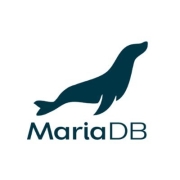


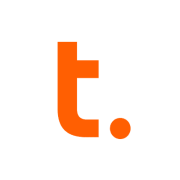






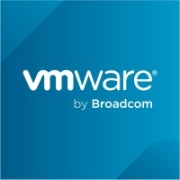







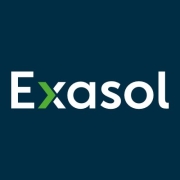

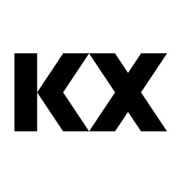

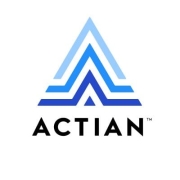
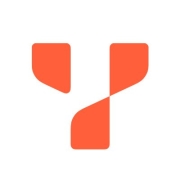
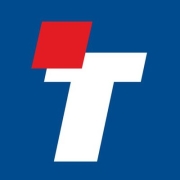



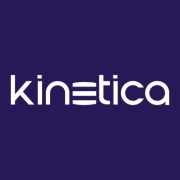


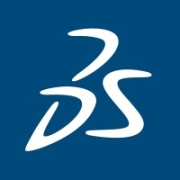


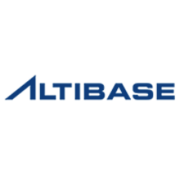

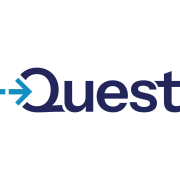

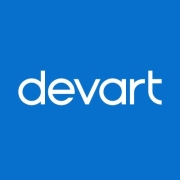










A relational database management system (RDBMS) is a software that collects, organizes, and retrieves stored data in a relational database. The RDBMS provides a user interface between the application and the database.
A relational database management system is a common database group that keeps data in tables so that it can be used in relation to other stored datasets. It has the capability of storing large amounts of data, so it is commonly used among various organizations.
Users are enabled to design a personalized database that can meet their individual analytic and reporting needs.
The purpose of relational database nanagement is to maintain various digital software system databases. Querying and maintaining aspects of the database is achieved by using SQL, (Structured Query Language) which is universally accepted by almost all relational database systems. An RDMBS manages, builds and deploys applications located on site or in the cloud. The digital space has a lot of competition and finding the best RDBMS requires IT experts to source the most comprehensive technology.
According to PeerSpot IT professionals, operational performance, (OLTP, DWH - ETL) security, support for developer APIs, and MDX support are among the most important RDMBS features. Scalability and modeling must be easy to use, and responsive vendor support is especially desirable. Data capacity, integration, and speed are integral to the needs of IT and DevOps.
Because IT managers have multiple needs within RDMBS, criteria for choosing a vendor requires the strictest data integrity and offer project specifications such as, “[a] distributed SQL database that has a flexible deployment model allowing the [team] to run the database on a single server machine, across machines in a data center or public cloud, and even on a global basis (across multiple data centers) without having to architect a new solution for each use case.”
PeerSpot IT and Devops managers are clear about how RDMBSs and their many features can function in an enterprise environment to be best leveraged in DevOps. There is a need for parallel distribution and parallel computing when evaluating performance.
One topic that is frequently discussed is, “transactional atomicity.” With all the moving parts in Relational Databases, the granular can become the springboard for success. These include loading and unloading data, meeting performance and recovery time objectives and adherence to standards.
PeerSpot developers have specific standards and would choose RDMBS based on whether the “DB comes with a mature BI stack.” RDMBS has many variables. PeerSpot users chose relational databases based on a number of criteria. PeerSpot’s offerings are complete and wide-ranging for the needs of IT and DevOps teams looking for agile excellence.
A relational database works by storing data in multiple, related tables, using rows and columns. The logical data structures, which consist of the data tables, views, and indexes, are kept separate from the physical storage structure.
The physical separation means that administrators of the database can organize the physical data storage without changing the data of a logical structure. For example, retitling a database file does not change the name of the tables saved within it.
The relationships among data points are easily found, as each row in the table is a record with a unique identification called a key. Each column of the table holds elements of the data, and each record generally has a value for each element.
Effectively, the tables store data similar to an Excel spreadsheet. Rows are unique information, which uses their individual features, while columns are identifying attributes of the information. There can be millions of rows in a database. Columns are made up of one specific data type.
Among the many advantages of a relational database, its simplistic model makes it a heavily desired option. No complex queries are required. Compared to other databases, a relational database offers a simpler model, free from complex structuring.
Unlike other databases, which require specific paths for accessing data, another huge advantage of a relational database is its easy access to stored data through any path. Even the ability to modify data is made quite simple.
For organizations with a large amount of data, the accuracy of data is essential. As a relational database uses an interrelated table, another benefit to this model is that stored data is not duplicated. This allows for the guarantee that all stored data is accurate.
Perhaps its biggest advantage is high security. The ability to make certain tables confidential makes relational databases a desired option, as one can give authorization to users to work on specific tables while keeping the rest of the information private. This provides an enormous advantage to companies with large amounts of data, where confidentiality is key.
Though relational databases are free from complex structured data, with continuously increasing data, these databases may become complex, too, which can make the system more complicated. Since all data is organized using common characteristics, the more similar data that is inputted, the more complex the data environment can become.
In addition, the underlying cost involved in a relational database is its biggest disadvantage. A separate software must be set up, and an experienced technician is needed to service the system. For businesses working with smaller budgets, this can get costly.
Physical storage is the next biggest disadvantage, as a relational database demands an enormous mass of physical memory, considering it is made up of rows and columns.
Relational Databases Tools provide a structured way to store, retrieve, and query data which is invaluable for business analytics. These tools allow you to manage large datasets efficiently and ensure data integrity through ACID properties. By using SQL, you can perform complex queries to generate insights and reports, helping you make data-driven decisions. Enhanced security features and user access controls ensure your data is secure and only accessible to authorized personnel. Additionally, they are scalable, which means they can accommodate growth in business data without sacrificing performance.
How do Relational Databases Tools improve data consistency?Relational Databases Tools improve data consistency through normalization and ACID (Atomicity, Consistency, Isolation, Durability) properties. By normalizing data, you reduce redundancy and ensure that data is stored logically and efficiently. ACID properties ensure that every transaction is processed reliably, maintaining the consistency of the database even in the event of a failure or crash. This consistency is crucial for accurate data reporting and reliability, allowing you to trust your data for operational and strategic decisions.
What features should you look for in Relational Databases Tools?When selecting Relational Databases Tools, consider features such as scalability, support for SQL, data security measures, backup and recovery options, and performance optimization tools. Scalability is important for future growth, while SQL support ensures compatibility with a wide range of applications and tools. Effective data security measures protect sensitive information, while backup and recovery options are crucial for data integrity. Performance optimization tools help you manage and query large datasets efficiently, ensuring that your database runs smoothly and effectively meets your business needs.
How do Relational Databases Tools integrate with cloud solutions?Relational Databases Tools can seamlessly integrate with cloud solutions, providing flexibility, scalability, and cost-effectiveness. Many providers offer cloud-based relational databases, allowing you to access your data from anywhere at any time. Cloud solutions often include features such as automated backups, high availability, and disaster recovery options. By integrating with cloud platforms, you can leverage cloud computing power for complex analytics and accommodate varying workloads. This integration supports remote work and collaboration, enabling your team to access and work on the same datasets without being restricted by location.
Why is SQL still important in using Relational Databases Tools?SQL remains important in using Relational Databases Tools because it is the standard language for managing and querying relational databases. SQL's robustness and versatility enable you to perform complex queries, join data from multiple tables, and manipulate large datasets with ease. Its widespread use in the industry ensures compatibility with numerous applications and business intelligence tools. Furthermore, SQL's standardized syntax facilitates learning and collaboration, making it a vital skill for database administrators, developers, and data analysts working with relational databases.